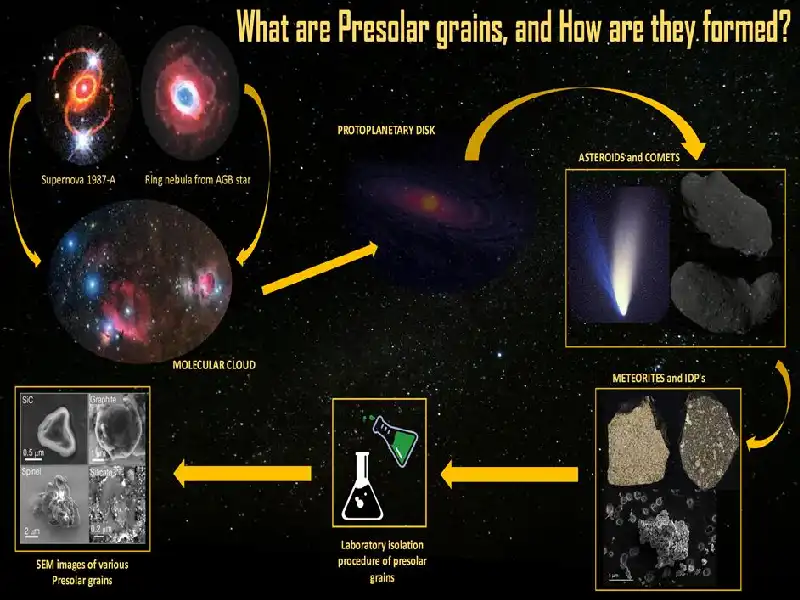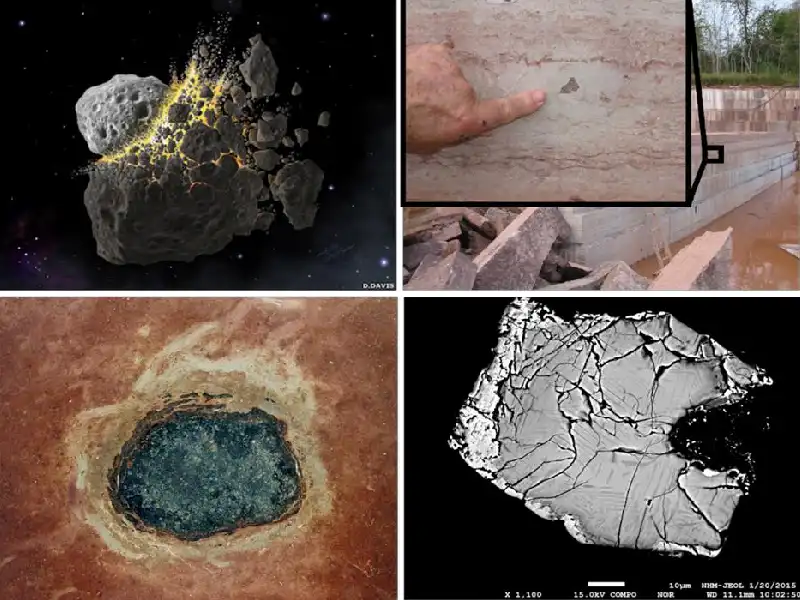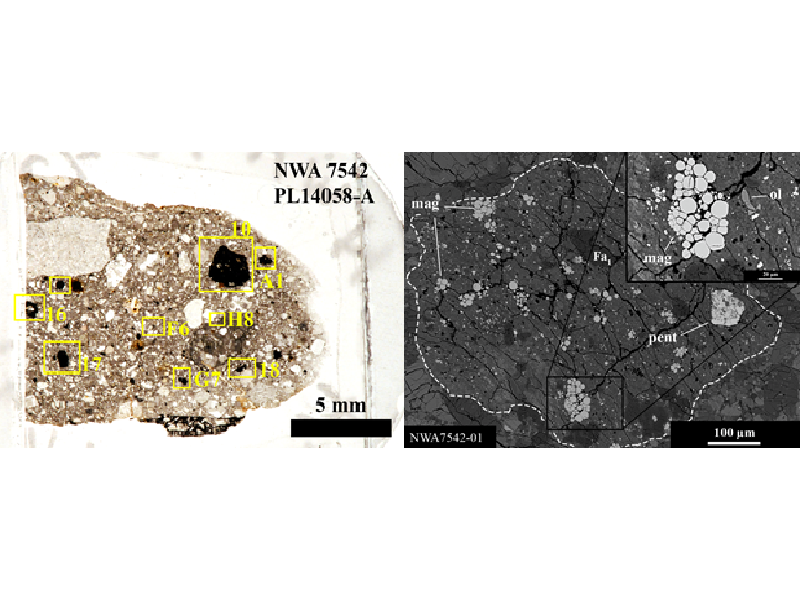
ପୃଥିବୀ ଏବଂ ଗ୍ରହ ବିଜ୍ଞାନ ବିଭାଗ
ଜାତୀୟ ବିଜ୍ଞାନ ଶିକ୍ଷା ଏବଂ ଗବେଷଣା ପ୍ରତିଷ୍ଠାନ
पृथ्वी और ग्रह विज्ञान विभाग
राष्ट्रीय विज्ञान शिक्षा एवं अनुसंधान संस्थान
SCHOOL OF EARTH & PLANETARY SCIENCES
NATIONAL INSTITUTE OF SCIENCE EDUCATION AND RESEARCH





